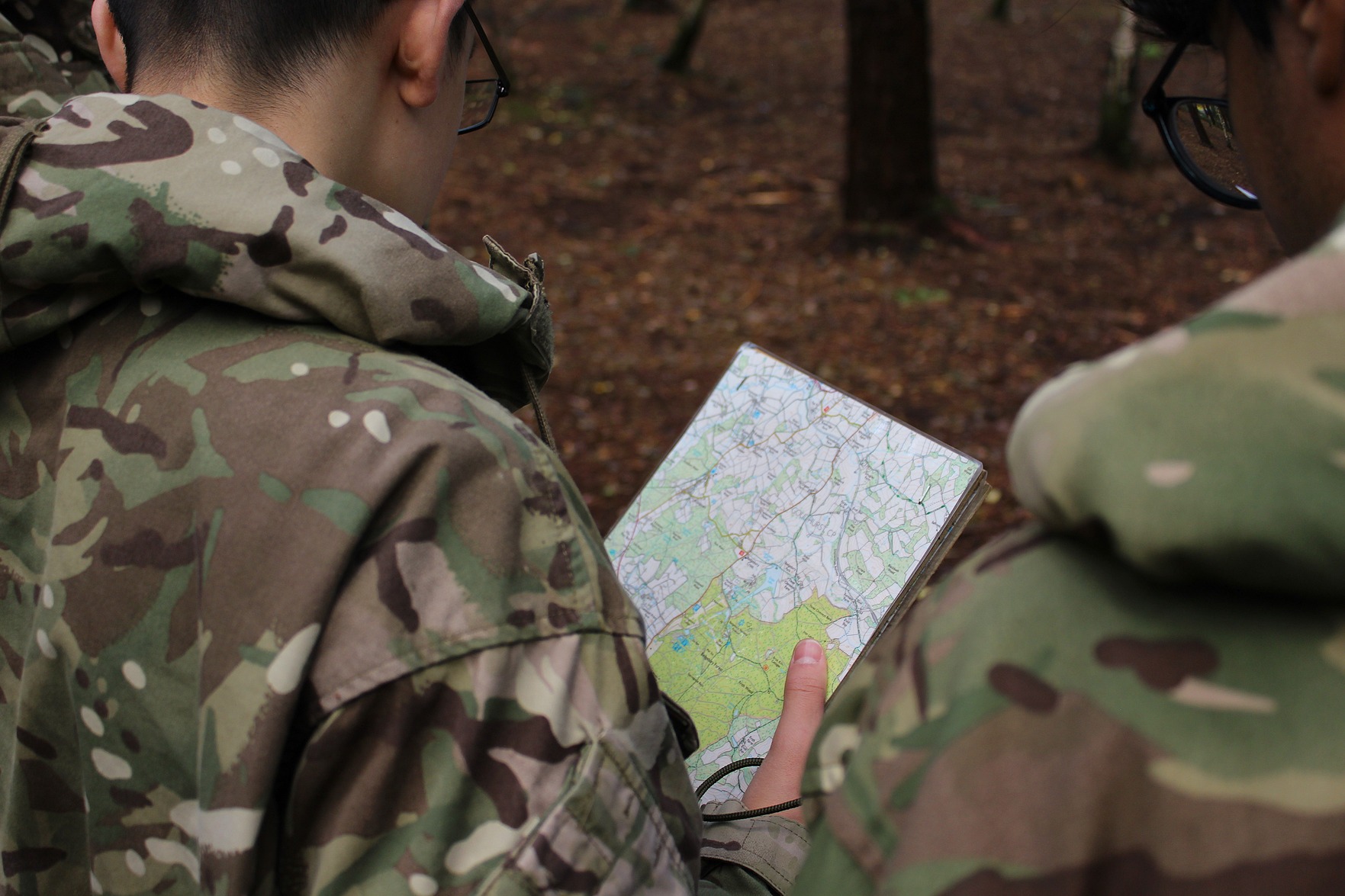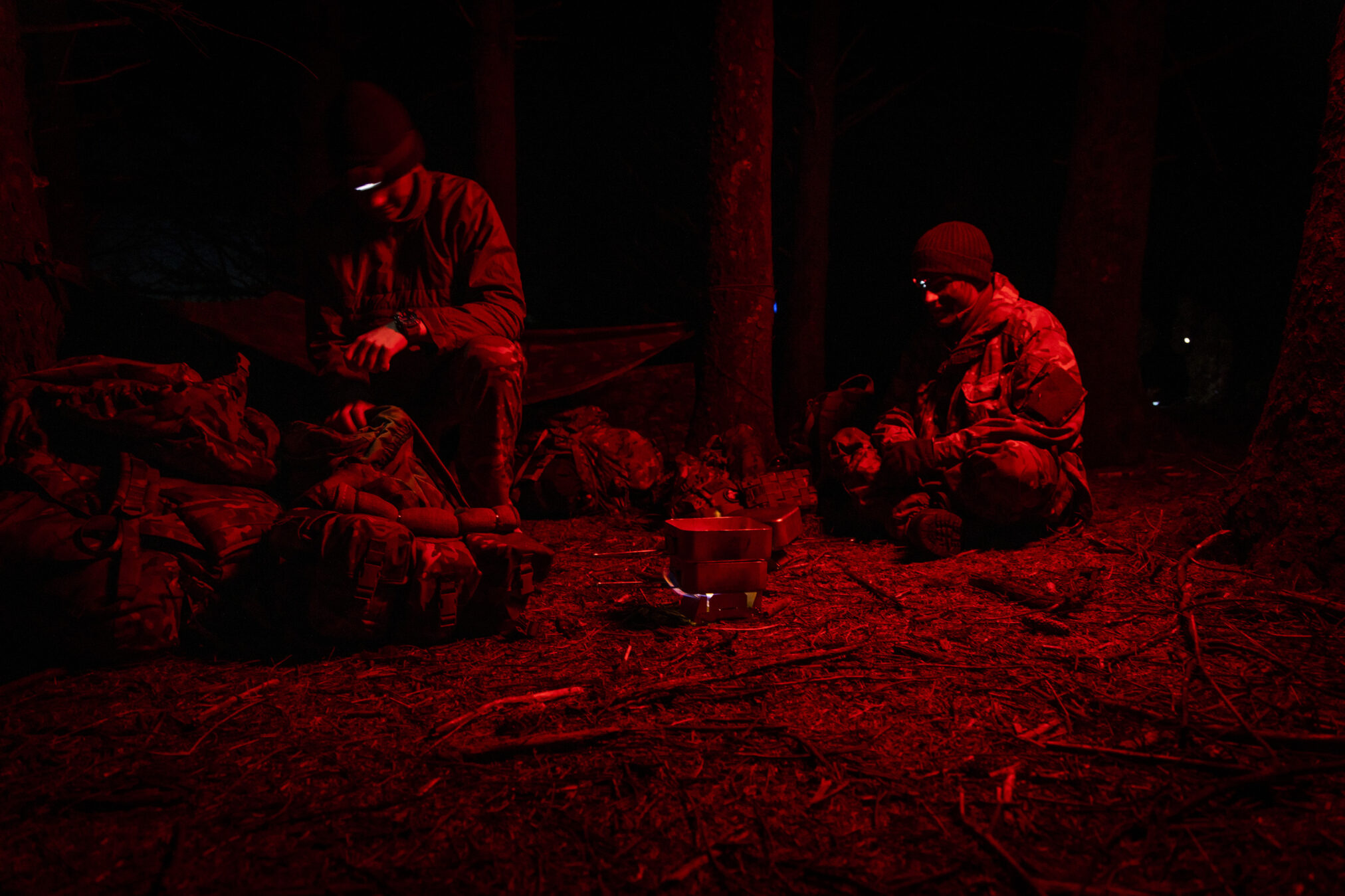Navigation Tips: How to Use a Map and Compass Like a Pro
Learning the essential skills of map reading and compass use is a must for any cadet who aims to excel in outdoor activities. These skills not only build confidence but also prepare you for real-life scenarios where navigation is key. Whether you’re embarking on a training exercise or a field expedition, mastering these tools will set you apart. Here’s a comprehensive guide to using a map and compass like a pro.
Understanding Your Navigation Kit Essentials
To begin, it's crucial to ensure you have all the necessary cadet equipment in your navigation kit. Some items that you should have include:
- Army Compass: A durable, reliable compass is the cornerstone of navigation.
- MTP Daysack: Perfect for carrying your essential gear during training or expeditions.
- Multi Tool: An all-in-one solution for various small tasks you might face while navigating.
- Survival Kit: For those unexpected situations when extra preparation is vital. Check out our recommended kits here.
Preparing for a Navigation Exercise
Preparation is key when it comes to successful navigation. Here are some important steps to take before heading out:
- Check Your Gear: Ensure your map, compass, military watch, and other cadet equipment are in working condition. Having your MTP daysack stocked and ready will keep your items secure and easy to access.
- Dress Appropriately: Comfortable and practical gear such as patrol boots ensures that you can cover various terrains without discomfort. Shop our selection here.
- Bring a Red Light Torch: This tool is essential for night-time navigation as it preserves your night vision, allowing you to read your map without attracting too much attention.

How to Read a Map Like a Pro
Reading a map effectively requires attention to detail and an understanding of topographical features:
Understand the Scale: Knowing the scale of your map helps you convert map distances to real-world distances. This is crucial for estimating the time needed to reach a particular point.
Familiarise Yourself with Symbols: British Ordnance Survey maps come with a key that explains all the symbols. Make sure you’re comfortable recognising landmarks, terrain types, and other significant indicators.
Use a Military Watch for Timing: A high-quality military watch will help you keep track of your pace and time, ensuring that you can measure distances accurately.
Mastering the Compass: Tips and Techniques
The army compass is a tool that, when used correctly, allows for precise navigation. Here’s how to maximise its use:
- Align the Map and Compass: Place your map on a flat surface, and align your compass with the map's north. This helps you get your bearings and match the map with the landscape.
- Set Your Bearings: Use the rotating bezel on your compass to set a bearing towards your destination. Remember to adjust for magnetic declination if necessary.
- Walk with Confidence: Once you’ve set your bearing, choose a landmark in the distance and walk towards it. Repeat the process as needed, ensuring you stay on course.
Night Navigation and Safety Tips
Navigating at night comes with its own set of challenges. Here are some safety tips:
Check Your Route Frequently: Regularly cross-check your position with your map to ensure you’re still on the right path.

Use a Red Light Torch: This maintains your night vision while allowing you to read your map.
Wear British Army Patches: If you’re training in a group, wearing visible patches ensures that you and your fellow cadets can identify one another.
Pro Tips for Efficient Navigation
- Pacing and Timing: Use your military watch to pace your steps and measure distances covered. This is especially helpful when navigating areas with few landmarks.
- Keep Your Navigation Kit Organised: Store items like your army compass, multi tool, and map in accessible pockets within your MTP daysack.
- Practice in Different Conditions: The more varied your practice environments, the more prepared you’ll be for unexpected challenges during real training exercises.
Conclusion
Mastering map and compass navigation is a skill that sets accomplished cadets apart from the rest. With the right preparation, a well-stocked navigation kit, and practice, you’ll be able to navigate any terrain confidently. Be sure to equip yourself with the right gear, from your patrol boots to your survival kit, and always keep essential tools like your army compass and red light torch at hand. Ready to start your next navigation challenge? Ensure your gear is prepared, your mind is sharp, and you’ll navigate like a pro.



